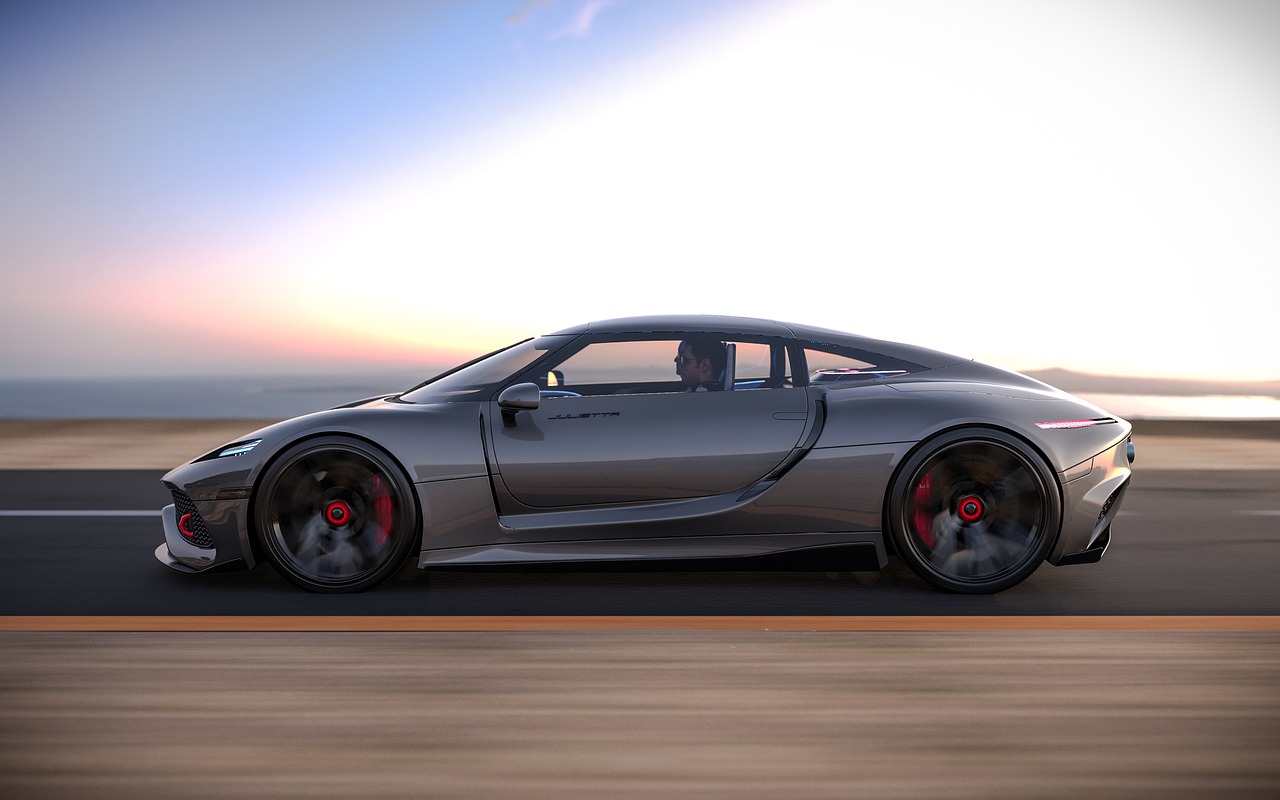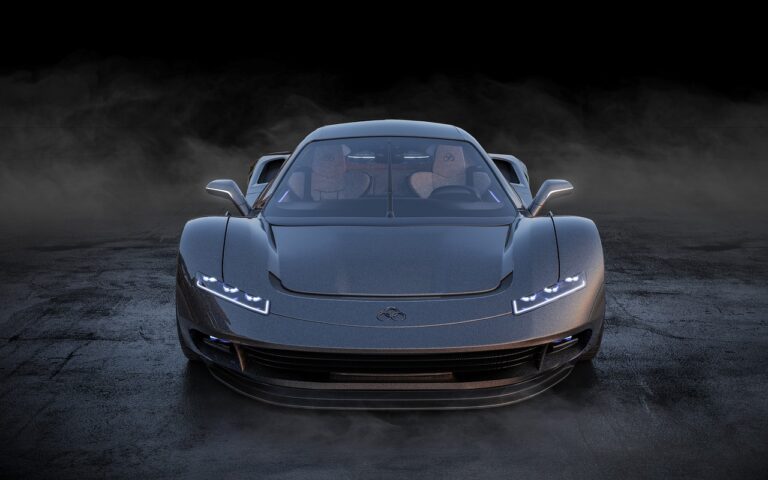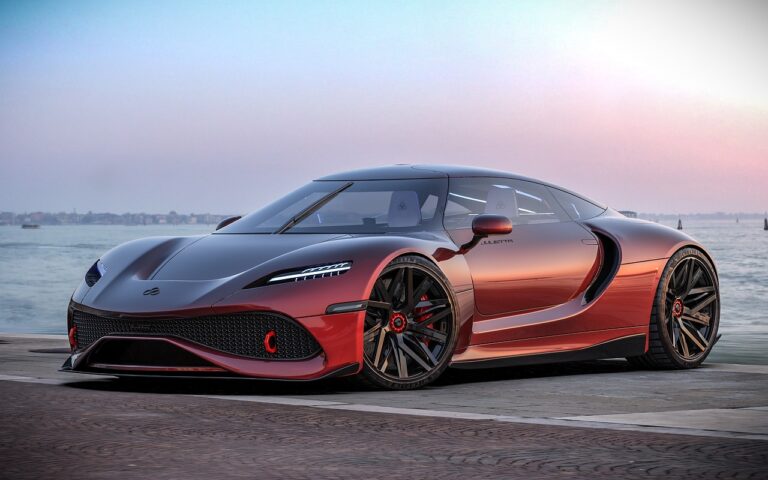Analyzing the Psychology Behind Car Color Preferences
Car color choices often reflect an individual’s unique style and personality. Some people prefer bold, attention-grabbing colors like red or yellow to make a statement, while others opt for more understated hues like black or white for a classic and sophisticated look. Personal preferences play a significant role in determining the color of a car, as it is often seen as an extension of one’s identity and self-expression.
Factors like age, gender, and lifestyle can also influence personal preferences when it comes to choosing a car color. Younger individuals may lean towards vibrant and trendy colors, while older individuals may prefer more timeless and elegant shades. Additionally, cultural background and personal experiences can shape one’s color choices, with some colors holding symbolic meanings or sentimental value.
Cultural and Societal Influences on Car Color Choices
Car color choices are deeply influenced by cultural and societal factors. In some cultures, certain colors are believed to be lucky or auspicious, leading individuals to choose those colors for their cars. For example, in some Asian cultures, red is considered a symbol of good luck and prosperity. Hence, many individuals from these cultures may opt for red cars to align with these beliefs.
Societal trends also play a significant role in car color choices. For instance, certain colors may become popular due to trends in popular media or fashion. When a certain color is prominently featured in music videos, movies, or fashion shows, it can influence individuals to choose that color for their cars as well. This phenomenon highlights how societal influences can impact personal preferences in selecting car colors.
The Impact of Marketing and Advertising
When it comes to the impact of marketing and advertising on car color choices, it’s evident that these key players play a significant role in shaping consumer preferences. Through strategic campaigns and visual displays, companies have the power to sway potential buyers towards certain colors. Subtle messaging can create associations with specific colors, sparking desire among target audiences.
Moreover, the use of influential figures and trends in marketing can further reinforce the appeal of certain car colors. By aligning their products with popular personalities and cultural phenomena, car manufacturers can tap into the emotional and aspirational aspects of consumers’ decision-making processes. This connection to broader cultural influences can not only drive sales but also solidify certain colors as symbols of status or style.
How do personal preferences influence car color choices?
Personal preferences play a significant role in car color choices as individuals tend to choose colors that resonate with their personality, style, and preferences.
How does culture and society impact car color choices?
Culture and societal norms can influence car color choices as certain colors may be associated with status, trends, or cultural symbolism, leading individuals to choose specific colors.
What is the role of marketing and advertising in influencing car color choices?
Marketing and advertising play a crucial role in influencing car color choices by creating trends, promoting certain colors as fashionable or desirable, and highlighting the emotional appeal of specific colors in relation to the brand or model.







